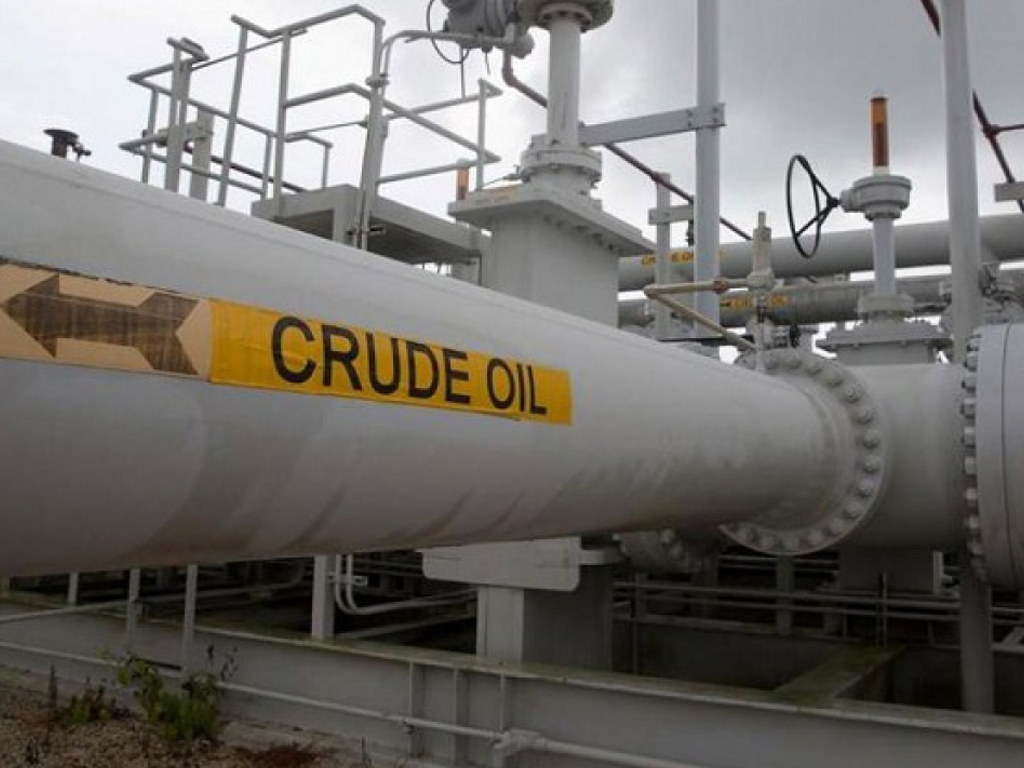 AUSTRALIA: Crude oil markets have to grapple with how to price the risk of an escalation in the conflict threatening shipments through the Strait of Hormuz and the reality that there isn't an actual physical shortage of supplies.
AUSTRALIA: Crude oil markets have to grapple with how to price the risk of an escalation in the conflict threatening shipments through the Strait of Hormuz and the reality that there isn't an actual physical shortage of supplies.
The Iranian seizure of a British oil products tanker on July 19, in apparent retaliation for Britain's detention of an Iranian crude tanker near Gibraltar has seen crude futures move higher.
Global benchmark light crude Brent has gained 2.1% since the close on July 18 to end at $63.26 a barrel on Monday.
Crude oil futures such as Brent are the easiest way for investors to react to shifting risks in the market, and the assessment is that the latest Iranian action boosts the chances of further escalation.
There is nothing incorrect about this assessment, and it could be argued that crude futures haven't factored in as much of the threat to shipments through the Strait of Hormuz as they should, given about 20% of the world's seaborne supplies transit the chokepoint at the entrance to the Persian Gulf.
However, taking a stand-back look at the latest developments one factor becomes clearer.
So far, there has been no actual disruption to crude oil flows through the Strait of Hormuz.
The British vessel seized by Iran, the Stena Impero, was empty when taken and is a relatively small oil products tanker, not a crude carrier.
The two vessels attacked south of the strait on June 13 were similarly not crude oil tankers, with the Kokuka Courageous transporting methanol and the Front Altair shipping naphtha, an oil product used to make gasoline and petrochemicals.
Iran was blamed for the attacks on the two oil product carriers, but denied responsibility.
Similarly Tehran also denied any part in the sabotage of four vessels near Fujairah, a port in the United Arab Emirates in the Gulf of Oman and near the Strait of Hormuz.
Two of the four ships damaged in the May 12 incident were Saudi-owned crude oil carriers, one was a bunker barge and the other a Norwegian product carrier. No oil or products were spilled in the attacks and one of the Saudi vessels wasn't loaded with crude at the time.
If Iran is to blame for the May and June attacks, it does seem clear that they have deliberately not targeted large and fully-laden crude oil carriers.
This may be an attempt to ratchet up the tensions without actually disrupting the flow of crude, as the Iranians would also suffer if the Strait of Hormuz was actually closed or suffered severe restrictions on vessel movements.
For crude oil markets, the rising tensions mean that the easy to invest futures are responding to the increased threat level, but actual physical crude prices are being more measured.
Nigeria's Bonny Light <BON-E> has spent most of 2019 trading at a premium to Brent futures and before the May 12 incident it was at $73.98 a barrel, $3.36 more than Brent futures.
By the close on Monday, Bonny Light was at $64.36 a barrel, a premium of $1.10 to Brent, showing that the premium has narrowed as the futures market reflects the risks but the physical market remains well supplied.
WTI, BASRA HEAVY
It's not just Brent and Bonny Light showing this dynamic, with a similar pattern being seen in U.S. West Texas Intermediate (WTI) futures and a spot price for physical WTI in Houston, as assessed by commodity price reporting agency Argus.
On May 10, WTI Houston was at $69.41 a barrel, a premium of $7.75 to WTI futures, but by the close on Monday the premium was down to $4.13.
It's also worth noting that outright prices for crude are still lower currently than before the upswing in tanker attacks and seizures in the past two months.
The examples above are for light crudes, which have their own dynamics given the current oversupply of these types of grades globally on the back of rising U.S. shale output and the return of light crudes in Nigeria and Libya after unplanned outages.
But even heavier crudes that transit the Strait of Hormuz are showing a similar dynamic.
Iraqi Basra Heavy cargoes, as assessed by Argus, were at $70.88 a barrel on May 10, a premium of $1.08 to Oman futures on the Dubai Mercantile Exchange.
At Monday's close the futures were actually slightly higher at $62.98 a barrel, 10 cents above Basra Heavy's $62.88.
So far it appears physical crude traders are assessing the risks around the Strait of Hormuz slightly differently to the investor market, which is more of a reflection of demand worries and an assessment that despite the tensions, tanker attacks and seizures, and sometimes alarmist media coverage, crude is still flowing.



















Comments
Comments are closed.